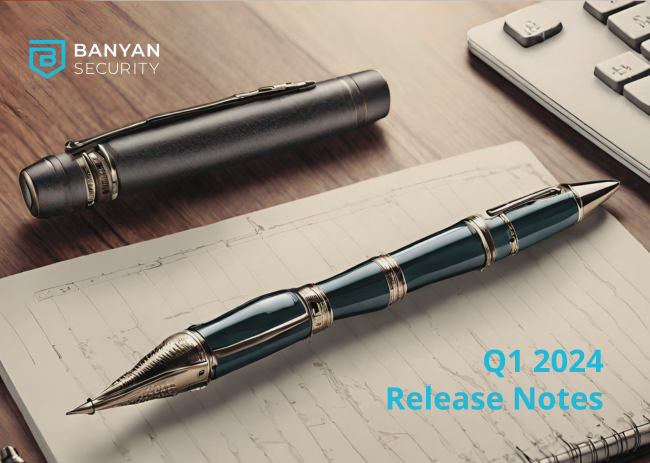Cloud Governance refers to the set of policies, procedures, and practices that an organization puts in place to ensure that its use of cloud computing resources is aligned with its business goals, complies with regulations and industry standards, and is carried out in a secure and cost-effective manner. Cloud governance helps organizations maintain control, visibility, and accountability over their cloud environments while optimizing resource utilization and minimizing risks.
Examples of how cloud governance is used:
- Cost Management: Cloud governance helps organizations control cloud spending by establishing cost allocation, budgeting, and tracking mechanisms. For example, a company may set up policies to allocate cloud costs to different departments, ensuring that each department is aware of and accountable for its cloud expenses.
- Resource Provisioning: Governance policies define who can provision cloud resources, such as virtual machines, databases, or storage, and under what conditions. This prevents unauthorized resource creation and ensures that resources are only provisioned when needed. For instance, an organization might require approval from a designated authority before provisioning high-cost resources.
- Security and Compliance: Cloud governance includes policies and practices to enforce security measures and compliance requirements in the cloud. For example, encryption policies, access controls, and security monitoring are established to protect data and ensure that cloud environments adhere to industry-specific regulations like HIPAA or GDPR.
- Identity and Access Management (IAM): Governance policies dictate how users and applications authenticate and access cloud resources. Role-based access control (RBAC) is commonly used to grant permissions based on job roles. For example, only authorized personnel can access sensitive data in the cloud, and their access is logged and audited.
- Data Classification and Retention: Governance policies define how data is classified, stored, and retained in the cloud. For instance, sensitive customer data may have stricter retention policies than non-sensitive data, and data deletion practices may be automated to comply with data protection regulations.
- Service Level Agreements (SLAs): Organizations establish governance policies around SLAs with cloud service providers. These policies specify service expectations, performance metrics, and penalties for non-compliance. For example, an organization may set an SLA with a cloud provider to ensure 99.9% uptime for critical services.
- Monitoring and Compliance Reporting: Cloud governance involves continuous monitoring of cloud resources and the generation of compliance reports. These reports help organizations track their adherence to governance policies and demonstrate compliance to auditors and regulatory bodies.
- Resource Optimization: Governance policies aim to optimize resource usage in the cloud. This can involve automatically scaling resources up or down based on demand, utilizing reserved instances for cost savings, and identifying and decommissioning unused resources.
- Incident Response and Disaster Recovery: Governance policies define procedures for responding to security incidents and disasters in the cloud. Organizations establish backup and recovery strategies, disaster recovery plans, and incident response protocols.
- Cloud Vendor Management: Governance practices include the selection, management, and auditing of cloud service providers. This ensures that the chosen providers meet security, compliance, and performance standards. Organizations might regularly review and assess cloud vendors to verify their suitability.
Cloud governance is a critical aspect of managing cloud environments effectively and securely. It helps organizations strike a balance between the benefits of cloud computing, such as agility and scalability, and the need for control, compliance, and cost management.








